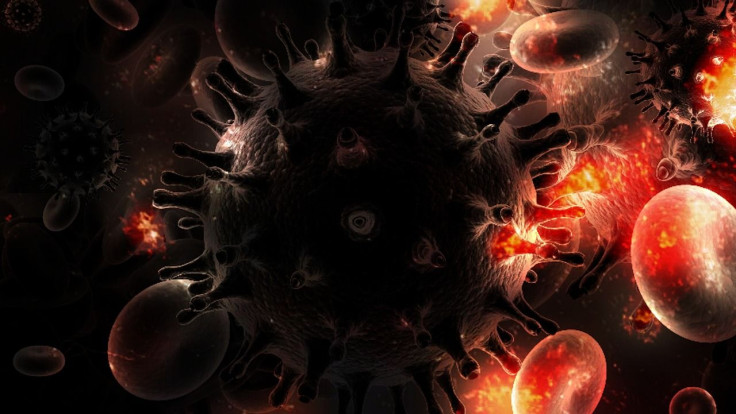Washington, DC Shares Hopeful Message About Effective HIV Treatment And Prevention

HIV is still surrounded by stigma, preventing many people from getting the treatment that they need. Washington, D.C. is spreading a hopeful message about treatment and prevention to encourage people to get tested and treated.
HIV In Washington, D.C.
In 2018, about 1.8 percent of the population of Washington, D.C. were HIV-positive. Of those living with the disease, 78 percent were taking the necessary treatments, and among them, 85 percent were already undetectable. This means that the virus has become so small that the virus is not sexually transmittable, and those religiously taking their medications no longer have to be afraid of passing the virus to a sexual partner.
What ’s more, while Washington, D.C. still has one of the highest rates of new diagnoses by 2017, it also saw a significant 78 percent drop in new cases in the last decade, from 1,374 in 2007 to 360 in 2018.
Stigma
Unfortunately, 1 in 5 HIV-positive people in Washington, D.C. is not getting the treatment they need while 15 percent of those taking the medications have yet to suppress the virus, possibly because they are not taking the medications regularly.
“We have the science, we have the medications," Amanda Castel, an HIV medical epidemiologist at George Washington University Milken Institute School of Public Health in Washington, D.C., said. “We know what we need to do, but we have to get people to come in the door and stay in the door.”
The problem, why there are are still people who choose not to get the proper treatments or even get tested, is possibly because of the stigma still surrounding the disease. This is why it is important for people to be educated about HIV is no longer a death sentence, but is now a manageable condition.
Hopeful Message
Compared to many years ago when HIV-positive people have to take up to over 20 medications in a day, they now have to take only about three to keep the virus at bay. On the other hand, those without the disease can opt to have the pre-exposure prophylaxis (PrEp) to prevent being infected.
Both are widely available to those who need it, such as in Washington, D.C. where there are even mobile clinics that regularly visit neighborhoods to get the test, treatment and education to those who need it.
Just this year, the U.S. Department of Health and Human Services released its plan to reduce new infections by 75 percent in the next five years and by 90 percent in the next 10 years. In this matter, the combination of proper treatment and PrEp is key to bringing the numbers down and keeping them down. For instance, in Washington, D.C.'s “status-neutral” approach, even those who tested negative are now offered the PrEp as a further step for prevention.
Places like Washington, D.C. are slowly moving away from the stigma and closer to making HIV a part of the conversation through intensive programs that educate people and provide them with the effective tools for prevention and treatment. This way, people can see HIV as what it now is -- a manageable condition -- and see that there really is hope.
© Copyright IBTimes 2024. All rights reserved.






















